Graphs Starters:
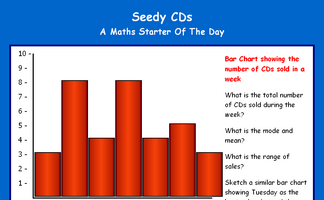
Interpret data given in the form of a bar chart then create a new bar chart showing the given statistics.
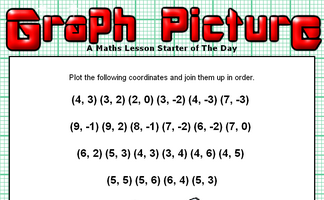
Plot the given coordinates then join them up to form a picture.
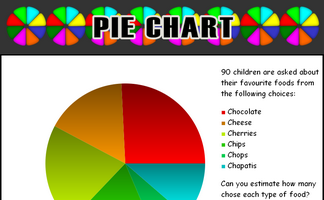
An exercise in estimating what the sectors of a pie chart represent.
Advanced Graphs Starters
Exercises

A Show Of Hands
Produce a number of graphs and charts from a quick show of hands.

Bar Charts
Practise constructing and interpreting bar charts for everyday situations.

Cartoon Scatter Graph
Place the cartoon characters on the scatter graph according to their height and age.
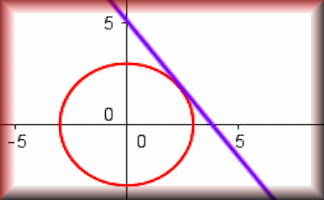
Circle Equations
Recognise and use the equation of a circle with centre at the origin and the equation of a tangent to a circle.
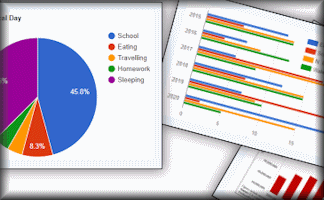
Comparing Graphs
Would you recognise a misleading graph if you saw one? Try this comparative judgement exercise to rate statistical graphs.
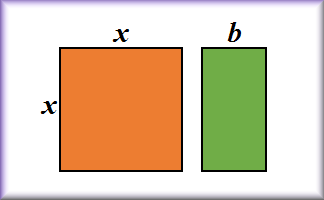
Completing the Square
Practise this technique for solving quadratic equations and analysing graphs.
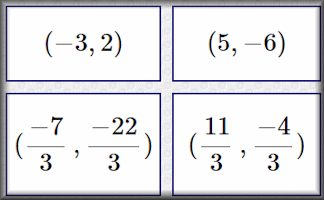
Coordinate Geometry Table
Fill in the empty cells of this table with information about lines, gradients and coordinates.
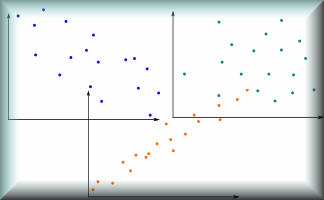
Correlation
Arrange the given statements in groups to show the type of correlation they have.
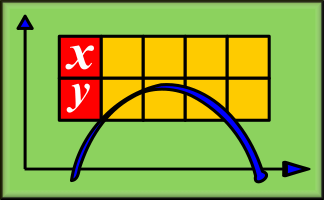
Deconstructing Graphs
Fill in the tables of values from the information that can be read from the given graphs.

Differentiation
Practise the technique of differentiating polynomials with this self marking exercise.

Domain, Range and Asymptotes
Match the functions with their features. A drag and drop activity.
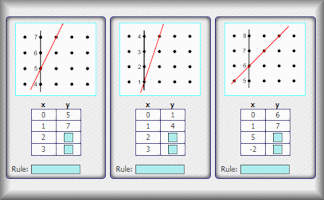
Don's Graph Snaps
Complete the tables and find the equations of the graphs that can be seen in the snaps.
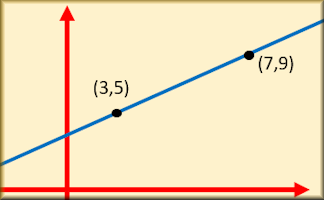
Equation of a Line Through Points
Match the equations of the straight line graphs to the clues about gradients and points.
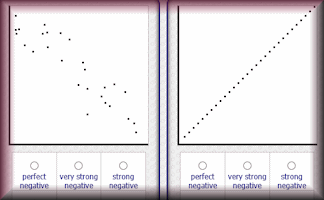
Estimating Correlation
Practise the skill of estimating the correlation of data on a scatter graph in this self marking exercise.
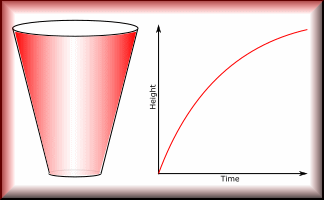
Fill Graph Pairs
If the container is gradually filled with a steady flow of water which height-time graph would be produced?
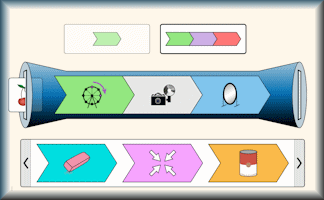
Function Builder
An interactive function machine for patterns, numbers and equations.
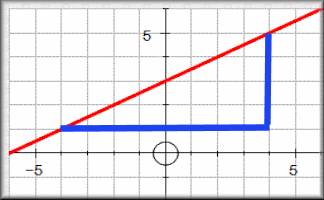
Gradient of a Line
Practise the skill of finding the gradients of straight lines by counting squares and dividing rise by run.
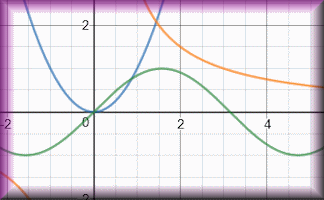
Graph Equation Pairs
Match the equation with its graph. Includes quadratics, cubics, reciprocals, exponential and the sine function.
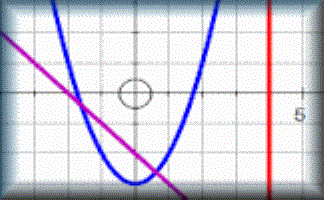
Graph Match
Match the equations with the images of the corresponding graphs. A drag-and-drop activity.

Graph Paper
Flexible graph paper which can be printed or projected onto a white board as an effective visual aid.
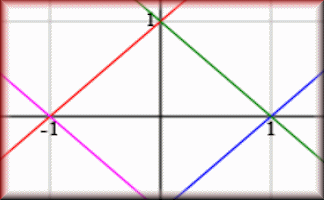
Graph Patterns
Find the equations which will produce the given patterns of graphs.
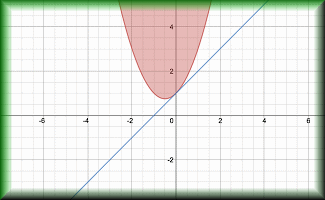
Graph Plotter
An online tool to draw, display and investigate graphs of many different kinds.

Graphing Quadratics
Describe how changing the coefficients of a quadratic function changes the graph of the function
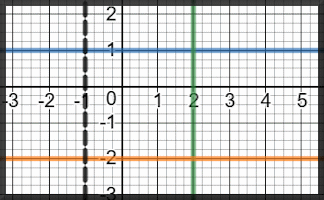
Graphs of Vertical and Horizontal Lines
Questions about the equations of straight line graphs that are parallel to the axes.
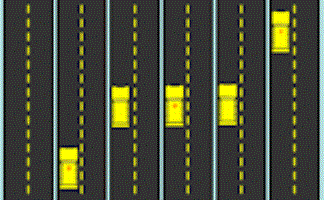
Helicopter View
An animated introduction to distance-time graphs. Arial photographs of vehicles moving along a road placed side to side form a graph.
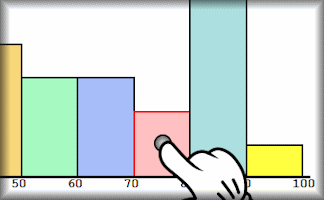
Histograms
Practise drawing and reading information from histograms displaying grouped data

Human Graphs
Students should be encouraged to stand up and make the shapes of the graphs with their arms.

Human Scatter Graphs
Pupils move to positions in the room according to their data relative to the walls as axes.

Hurdles Race
An animated distance time graph to be viewed while a student interprets the graph and comments on the race that produced the graph.
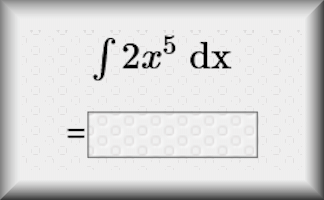
Integration
Exercises on indefinite and definite integration of basic algebraic and trigonometric functions.
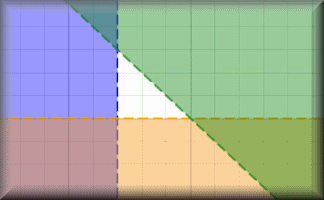
Linear Programming
A selection of linear programming questions with an interactive graph plotting tool.
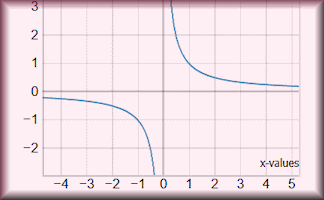
Name that Graph
Choose from the given functions the one that best describes the shape of the graph.
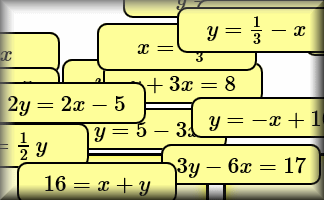
Parallel Graphs
Collect together in groups the equations of the graphs that are parallel to each other.

Perpendicular Pairs
Find the pairs of equations that will produce perpendicular graphs.
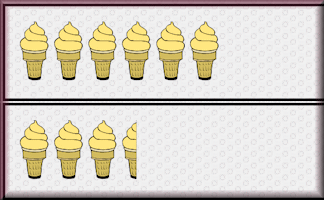
Pictograms
Show that you can make sense of data displayed as pictograms and create some pictograms of your own.
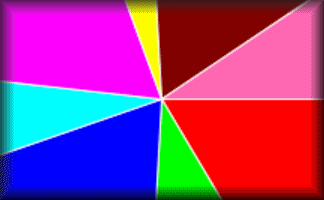
Pie Chart Creator
A quick and convenient tool for rapidly creating simple pie charts.
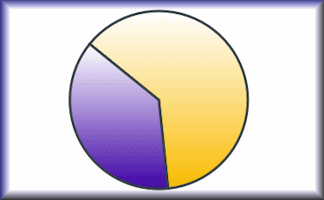
Pie Charts
Develop the skills to construct and interpret pie charts in this self-marking set of exercises.
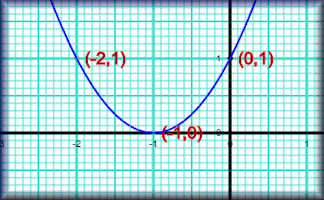
Plotting Graphs
Complete a table of values then plot the corresponding points to create a graph.
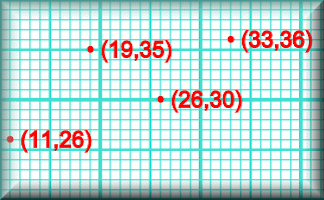
Plotting Scatter Graphs
Plot scatter graphs from data representing a number of different everyday situations.
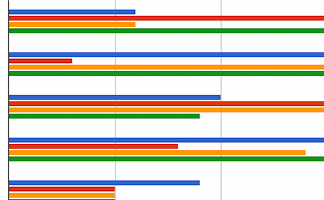
Reading Graphs and Charts
Answer real-life problems from different types of graphs and charts including piece-wise linear graphs.
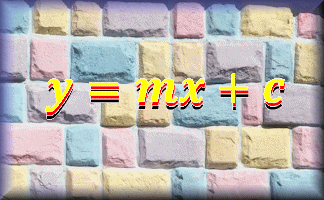
Straight Line Graph Equation
An online exercise about the equation y=mx+c and the features of a straight line graph.

Straight Line Graphs
10 straight line graph challenges for use with computer graph plotting software or a graphical display calculator.
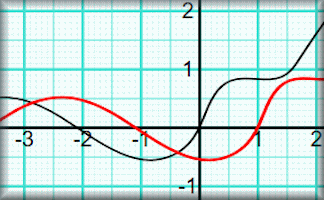
Transformations of Functions
A visual aid showing how various transformations affect the graph of a function.
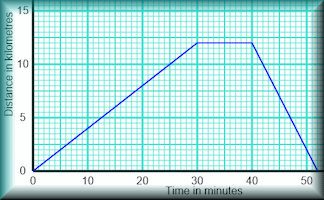
Travel Graphs
Test your understanding of distance time graphs and speed time graphs (velocity time graph) with this self-marking exercise.
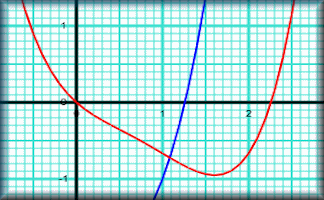
Using Graphs
Use the graphs provided and create your own to solve both simultaneous and quadratic equations.

Yes No Questions
A game to determine the mathematical item by asking questions that can only be answered yes or no.
Other activities for this topic | | |
Complete Index of Starters



















































